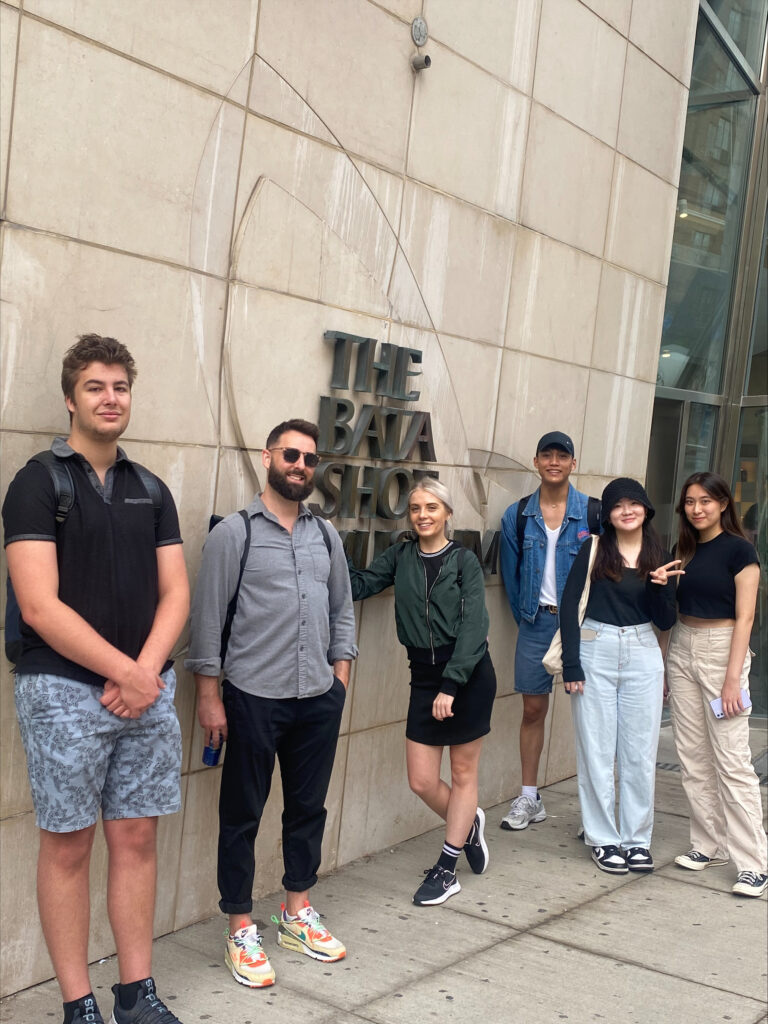
Methods for delivering your SDGs content
Here you will find delivery methods with specific activities and techniques to help achieve your learning outcomes, for students to master course content and to infuse the SDGs.
Direct Instruction
Provide students with information and develop step-by-step skills and actively involve students in knowledge construction. Increase the focus on basic academic skills, problem-solving skills and self-esteem.
Use to create: lectures, PPT, drill and practice (drill to skills), demonstrations, guided reading, multimedia presentations, guest lectures, and didactic questions.
Lectures can be transformed from long and boring into lectures where instructors chunk their explicit presentations into short snippets of 5-10 minutes and mixed with nuggets of information and then is interwoven with carefully designed active exercises where students practice what they have just learned, ensuring plenty of retrieval practice e.g., small group discussions, think-pair-share, 1-sentence summaries and, strategic notetaking.
Interactive Instruction
Reliance on discussion and sharing among learners in order to develop social skills and abilities, organize thoughts and develop rational arguments. This is flexible in terms of groupings and interactive methods.

View how to give interactive lectures
Use to create: debates, role-playing, fish bowls, panel discussions, brainstorming exercises, peer learning and assessment, laboratory groups, jigsaws, tutorials, problem-solving, seminars, interviewing, conferencing, collaborative real-world projects, such as service-learning projects and campaigns for different SDGs.
Indirect Instruction
Student-centred with students observing, investigating, inferring and forming hypotheses. Encourage students' curiosity and generate solutions and alternatives to problems.
Use to create: problem-solving situations, case studies, reading inquiry, reflective discussion, writing, and concept mapping.
Experiential Learning (EL)
This is inductive, learner-centred and actively oriented. Personal reflection and forming plans to apply learning are essential factors in EL and the emphasis is on the process of learning.

View Experiential Education at York University
Use to create: field trips, narratives, conducting experiments, simulations, games, storytelling, field observations, role-playing, surveys, studio labs, study abroad, community service learning, internships, practicums, co-op placements, apprenticeships, field courses, collaborative real-world projects, such as service-learning projects and campaigns for different SDGs.
Instructor Experiential Education Example

Michael J. Long, MES, LLM
Contract Faculty, LAS and SHTM, George Brown College
Faculty Advisor, Sustainability Squad
George Brown College
Programming Team,
Planet in Focus Int'l Environmental Film Festival
Across my courses, I teach about the three pillars of sustainability -- Environmental, Economic-Political, and Socio-Cultural.
In an effort to explore the intersections of sustainability and culture, I took my students in the General Arts and Science (GAS) program, on a field trip to the Bata Shoe Museum, from which I lectured and we toured the 'Future Now: Virtual Sneakers to Cutting Edge Kicks' exhibit.
The 'Future Now' exhibit focuses on how innovation in technology, materials, and ideas in sneaker design are now moving the industry and culture of footwear. The exhibit explores how, for example, mushroom-based leather and reclaimed ocean plastic are supporting the push toward sustainability.
This field trip provided an opportunity for experiential education, through an esteemed arts and culture space in the city, and from which the students were able to interact with the content of the learning materials being discussed in class, and to explore the inclusion of sustainability in anything/everything they do moving forward into their future studies and careers.
In the lecture, learning materials, and museum field trip, we also specifically discussed many of the UN SDGs that are applicable to the footwear industry, from good health and well-being through reducing the chemicals, dyes and other harmful products used in shoe manufacturing (target 3.9) to the energy used to power the factories and transportation used to produce and move footwear around the world (target 7.2). Notable among the SDGs is, of course, Goal 12 Responsible Consumption and Production, and the need to reduce waste generation by reconsidering the entire life-cycle of sneakers (target 12.5), and encouraging sneaker manufacturers to adopt aggressive sustainability practices (12.6).
Independent Study
Instructional methods that foster the development of student initiative, self-reliance and self-improvement. It is a planned independent study by individuals under the guidance of an instructor. Individualized Instruction centres on 4 key principles:
- Learners should be able to complete the work autonomously so they can focus on their own strengths and areas for improvement.
- Each lesson should be followed by an assessment to gauge the learner's progress and knowledge mastery.
- Written learning materials are more common than presentations.
- Facilitators support learners and add a level of social interactivity to the experience.
Use to create: essays, computer-aided instructions, reflective journals, learning logs, reports, learning contracts, research projects, self-assessment, and assigned questions.
Additional Ideas and Resources
Instructors can also consider the following ideas and resources when planning the delivery of their content.
- Vision-building exercises such as future workshops, scenario analyses, utopian/dystopian storytelling, science fiction thinking, and forecasting and backcasting.
- Analyses of complex systems through community-based research projects, case studies, stakeholder analysis, actors’ analysis, modelling and systems games.
- Creating Timelines with Knightlab.
- Using Cellphilms. They are short videos recorded entirely on a cellphone, smart device or tablet that convey a single message. Read the Cellphilms PDF. Watch What is a Cellphilm?
- Review this cellphilm Facilitator Guide. It is a tool for addressing gender equality. It was developed by Jennifer Thompson, Claudia Mitchell, and Lisa Starr ©2019 CODE Ottawa, Canada under the BETTER project funded by Global Affairs Canada.
- Read the guide for Online Discussions.
